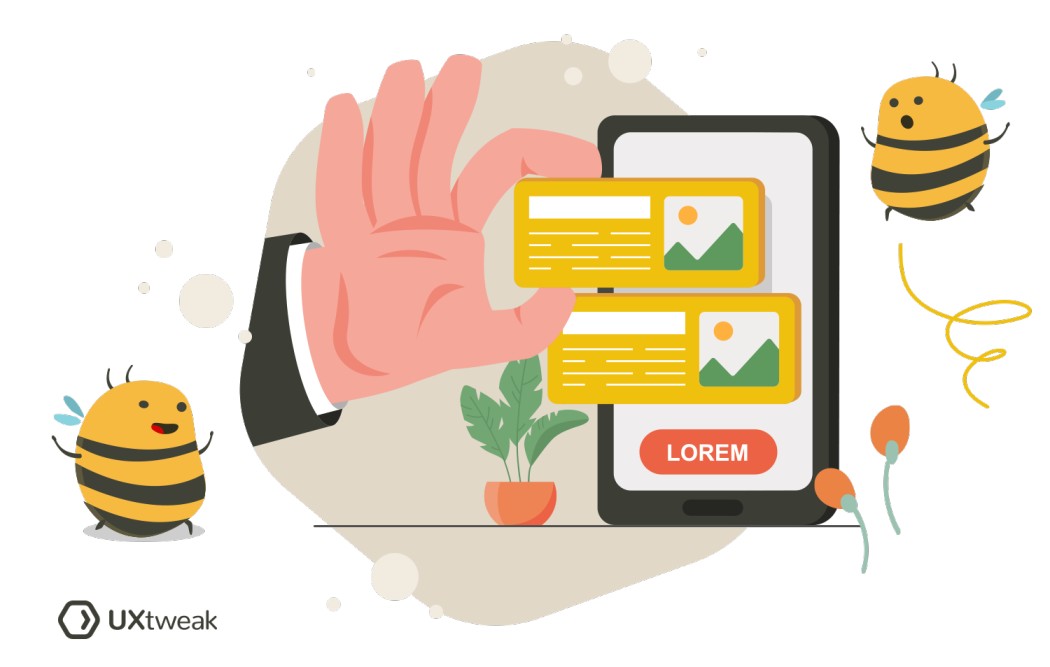What are the benefits of Information Design?
Good information design offers several key benefits:
- Enhanced Understanding: The simplification of complex information boosts user comprehension and processing.
- Improved Decision-Making: Breaking down complexity into digestible units and spotlighting key insights enables informed decisions.
- Increased Engagement: Attention-grabbing and interesting presentations of data foster higher user engagement.
- Accessibility: Considering all user abilities and learning styles enhances the accessibility of information and the overall product.
When to use Information Design?
Information design should be employed whenever there is complex information or data that needs to be communicated to users. It can be particularly beneficial in areas like data-rich reports, instructional materials, user interfaces, and complex systems or processes.
How to create effective Information Design?
Creating effective information design involves a few key steps:
- Understand Your Audience: Understand the needs, background, and expectations of your target users. This can be done by conducting user research.
- Simplify and Organize: Break down complex information into simpler parts. Organize information logically and coherently.
- Visualize: Use visuals such as charts, graphs, and diagrams to represent data and information. Visuals can make information more engaging and easier to understand.
- Test and Refine: Test your designs with your intended audience and gather feedback. Refine your design based on the feedback and iterate until the information is as clear and engaging as possible.
FAQ
- Data Visualization (representing numerical data in a graphical format)
- Information Graphics (using visuals to represent complex information, ideas or concepts)
- Instructional Design (developing materials that make learning more effective)
- User Interface Design (organizing and designing the elements of a digital interface for usability and ease of use)
In web design, information design involves arranging and presenting content in a way that is easy for users to understand and navigate, optimizing readability, accessibility, and user engagement. It often incorporates elements like typography, color, images, and layout to enhance the user experience.
While both are concerned with the effective presentation and structuring of information, Information Design is more focused on the visual presentation of information, while Information Architecture is more focused on the overall organization and structure of information within a system or interface.






